The Role of AI in Enhancing Image Recognition and Object Detection
Image recognition and object detection are critical tasks in computer vision with applications in various domains such as autonomous vehicles, surveillance systems, and augmented reality. With the advancements in artificial intelligence (AI), particularly deep learning algorithms, AI has played a transformative role in enhancing image recognition and object detection capabilities. In this blog post, we will explore the role of AI in revolutionizing image recognition and object detection, and how it has opened up new possibilities and applications in the field.
Understanding Image Recognition and Object Detection
Image recognition refers to the process of identifying and classifying objects or patterns within an image. Object detection, on the other hand, involves not only recognizing objects but also locating and delineating them within the image. Both tasks are fundamental in computer vision and have a wide range of practical applications.
The Rise of AI in Image Recognition and Object Detection
AI, and specifically deep learning, has revolutionized image recognition and object detection by leveraging neural networks to learn complex patterns and features from large datasets. These neural networks can automatically extract meaningful representations from images and make accurate predictions about the presence of objects or the identity of specific classes.
Convolutional Neural Networks (CNNs) for Image Recognition
Convolutional Neural Networks (CNNs) have emerged as a dominant architecture for image recognition tasks. CNNs consist of multiple layers that specialize in extracting hierarchical features from images. They can learn to detect edges, textures, shapes, and higher-level features, enabling robust and accurate recognition of objects in images.
Transfer Learning and Pre-trained Models
Transfer learning has significantly advanced image recognition capabilities. With transfer learning, models pretrained on large-scale datasets, such as ImageNet, can be fine-tuned or used as feature extractors for specific recognition tasks. This approach allows for efficient training and improved performance even with limited labeled data.
From Single-Object to Multi-Object Detection
Traditional object detection algorithms focused on detecting a single object instance in an image. However, with the advancements in AI, multi-object detection has become achievable. Object detection algorithms now excel at simultaneously detecting and localizing multiple objects, enabling applications such as autonomous driving, object tracking, and crowd analysis.
Region-based Convolutional Neural Networks (R-CNNs)
Region-based Convolutional Neural Networks (R-CNNs) have significantly advanced the field of object detection. R-CNNs utilize region proposal techniques to identify potential object regions within an image and then use CNNs to extract features and classify each region. This approach allows for accurate and efficient object detection even in complex scenes.
Efficient and Real-Time Object Detection
Real-time object detection is crucial for applications that require immediate decision-making, such as autonomous systems or video surveillance. AI techniques, including Single Shot MultiBox Detectors (SSDs) and You Only Look Once (YOLO) algorithms, have made significant strides in achieving efficient and real-time object detection, striking a balance between accuracy and speed.
Advancements in Semantic Segmentation
Semantic segmentation is the task of assigning a class label to each pixel in an image, enabling pixel-level understanding and segmentation of objects. AI techniques, particularly Fully Convolutional Networks (FCNs) and U-Net architectures, have greatly improved semantic segmentation accuracy, leading to applications in medical imaging, scene understanding, and virtual reality.
Beyond Vision: Cross-Modal Object Detection
AI has also expanded object detection beyond visual domains. Cross-modal object detection involves recognizing and localizing objects across different modalities, such as images, text, and audio. This enables applications like multimedia retrieval, content analysis, and assistive technologies for the visually impaired.
Conclusion
The integration of AI into image recognition and object detection has transformed the field of computer vision. Through the power of deep learning and neural networks, AI algorithms have achieved remarkable accuracy, efficiency, and real-time performance in recognizing and detecting objects in images. These advancements have paved the way for groundbreaking applications across diverse industries and have opened up new possibilities for autonomous systems, augmented reality, surveillance, and much more. Embrace the power of AI in image recognition and object detection and explore the endless potential it offers in transforming the way we perceive and interact with visual information.


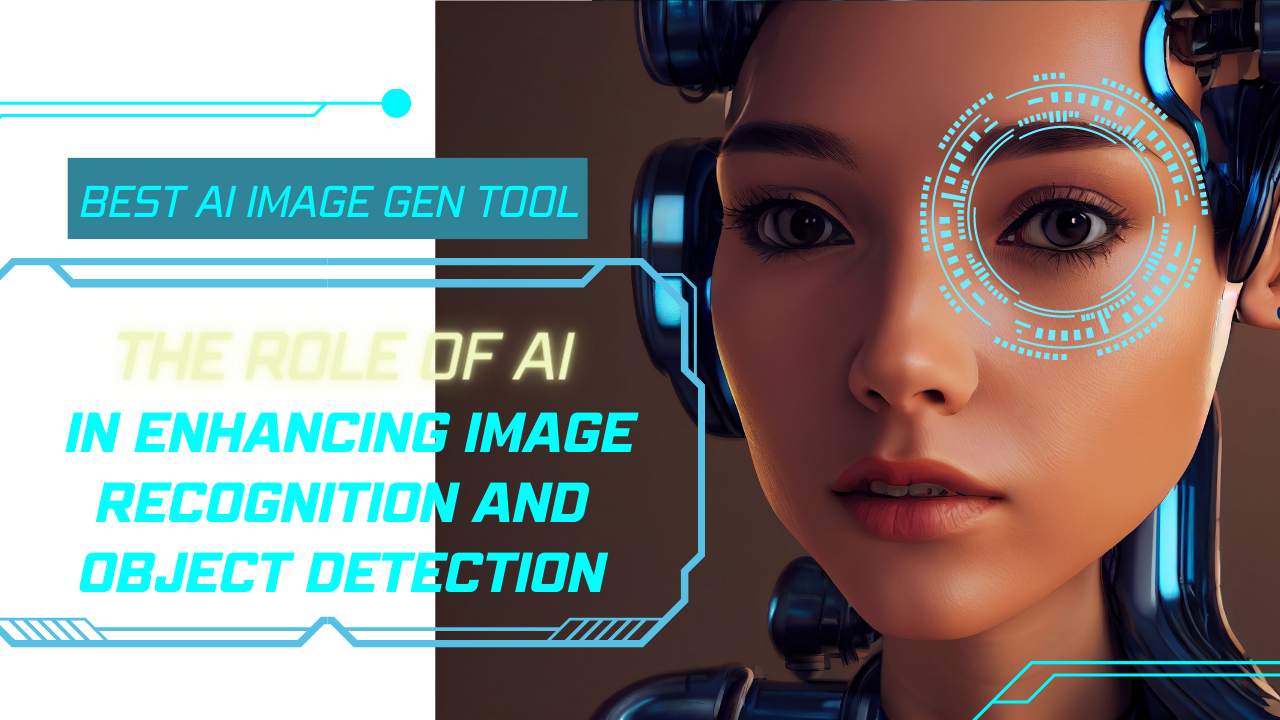
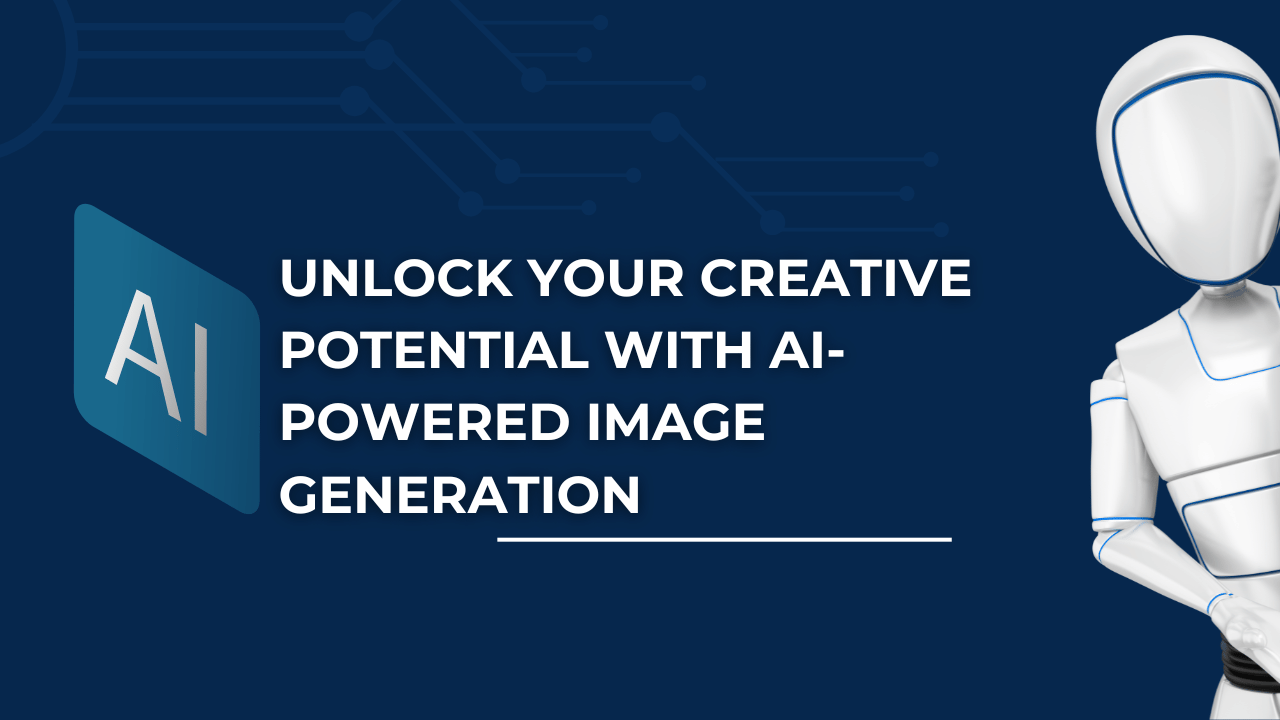
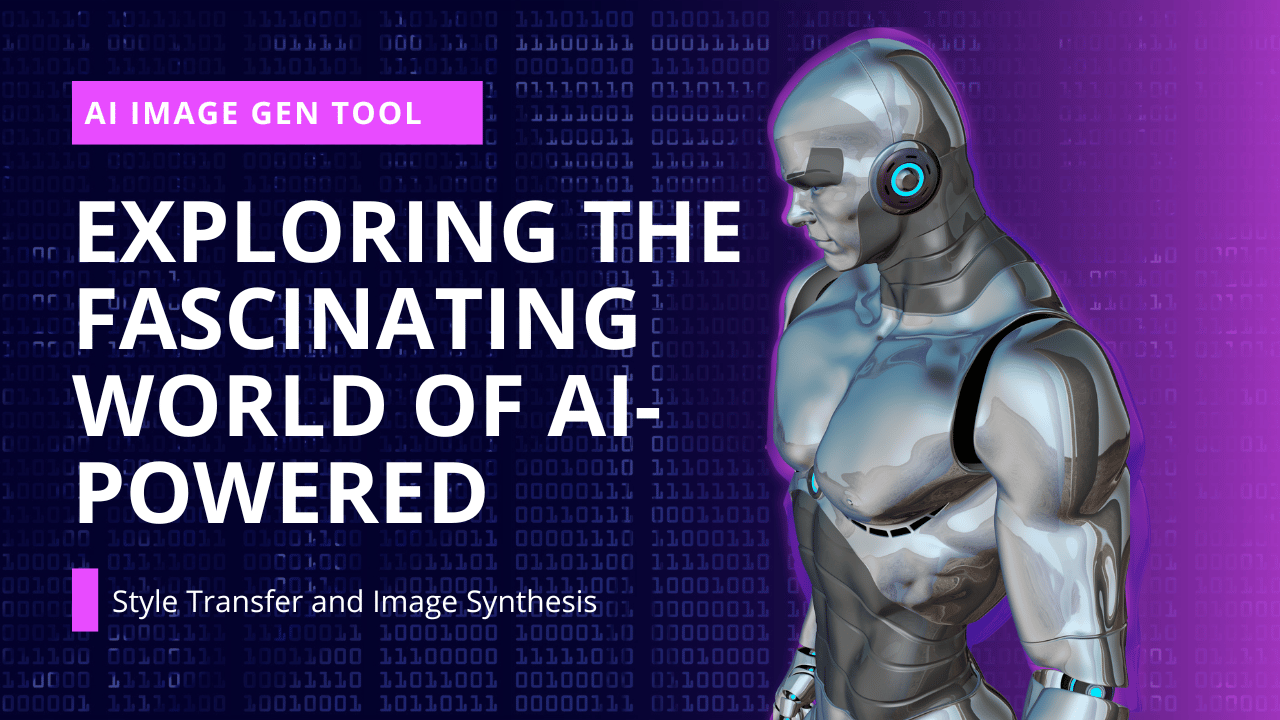
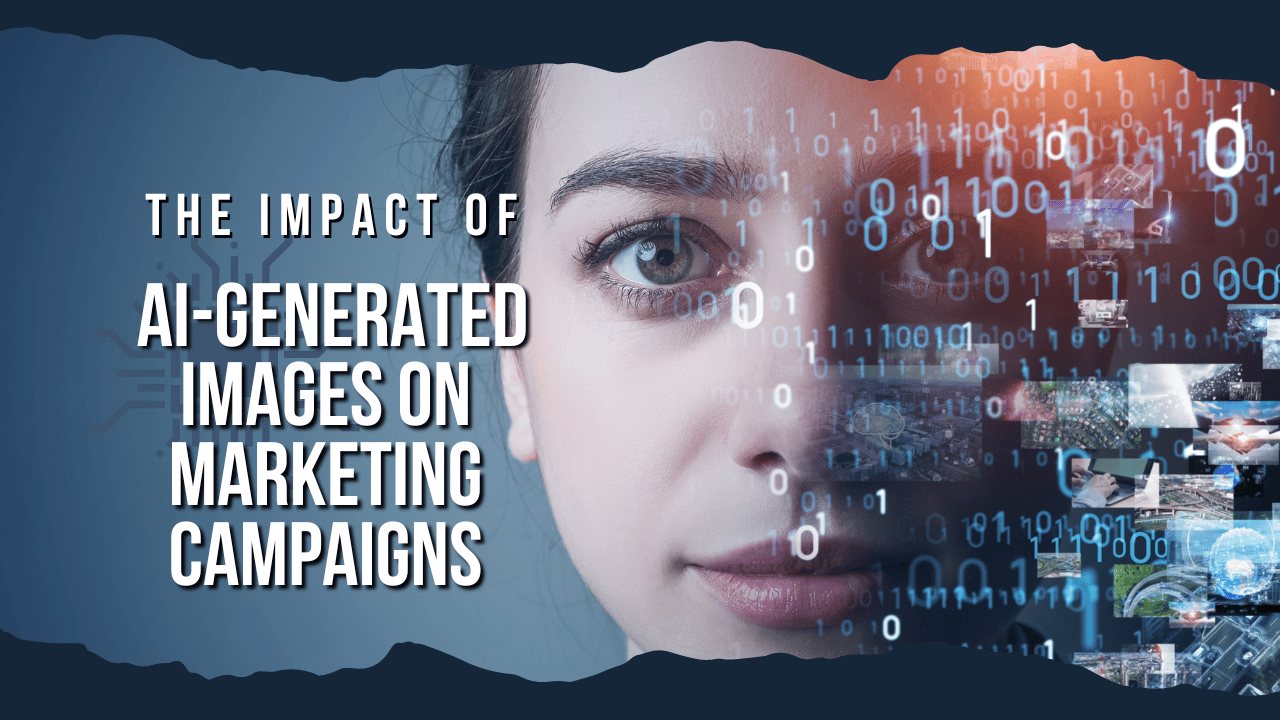
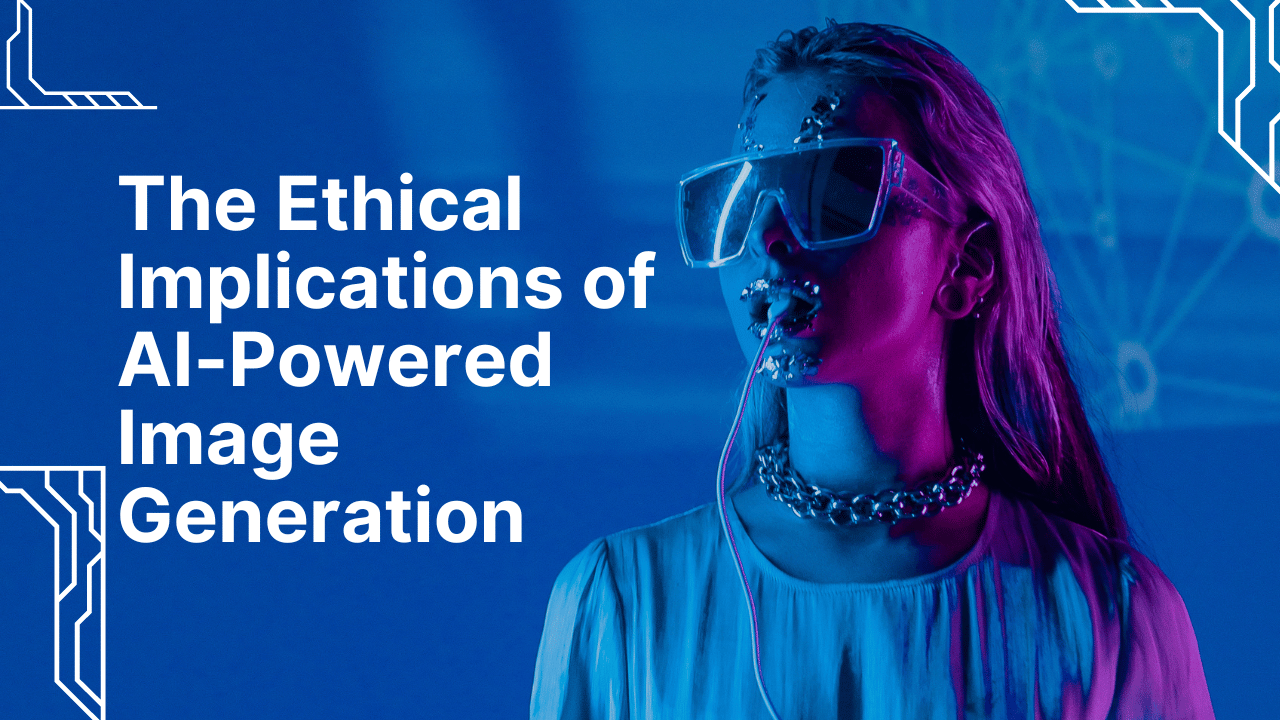

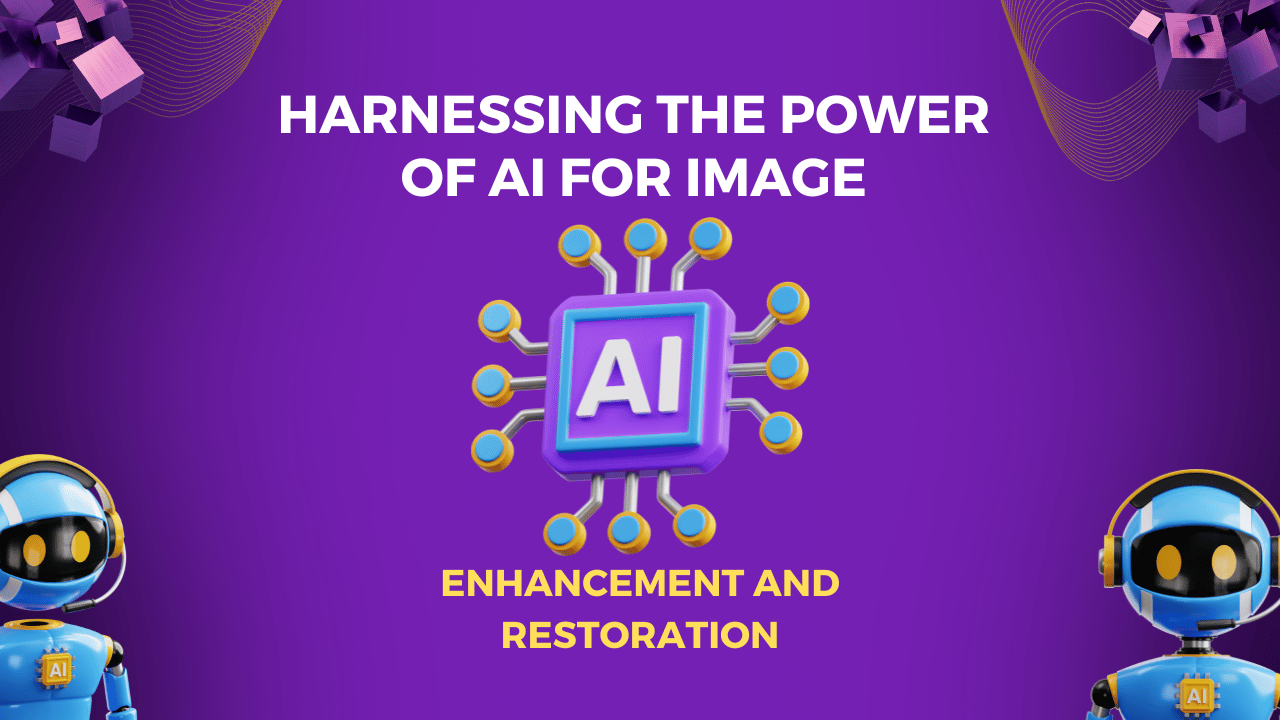
Comments (0)
No comments found